How to Prepare for Radial Shockwave Therapy
Are you one of the 18% of Canadians who are currently experiencing back pain?
If so, you've probably tried lots of treatments to get relief. Anti-inflammatories may work in the short term and sometimes the pain resolves itself. But for other people, pain in the back and other joints can become chronic and impact their daily lives.
Radial shockwave therapy could be the answer you're looking for. This game-changer involves no medication or painful surgeries. Instead, it uses shockwaves to direct treatment right to the site of pain.
Let's get a little more familiar with radial shockwave therapy and see what you need to do to prepare for it.
What Is Radial Shockwave Therapy?
Radial shockwave therapy provides pain relief and improved mobility. It's suitable for people suffering from chronic joint pain. It's even used by top athletes to help them recover from injuries.
It's used in physiotherapy, sports medicine, orthopedics, and other disciplines. It takes away the need to use painkillers and by doing so eliminates their side effects. It's non-surgical and allows patients to see real results faster.
How Does Radial Shockwave Therapy Work?
A shockwave is an acoustic (sound) wave. The physiotherapist uses a shockwave applicator to direct the shockwave into the body in exactly the right place. This targeted treatment sends energy into bones, tendons, and soft tissues.
The treatment focuses on promoting healing. It does this in several ways.
Forming New Blood Vessels
To heal effectively, you need excellent blood flow to injured joints, tendons, and soft tissues. Radial shockwave therapy causes capillary micro ruptures in tendons and bones. The body responds by sending in growth factors.
This stimulates new blood vessels to grow in the target area. They bring in a greater supply of oxygenated blood. This helps the tendons and bones to heal faster.
Relieves Chronic Inflammation
Initial inflammation after an injury is an important part of the body's healing process. Chronic inflammation is when the area continues to be inflamed long after the inflammation should have stopped. This can cause damage to healthy tissue and long-term pain.
Radial shockwave therapy can increase mast cell production. This helps to trigger an appropriate inflammatory response that then halts at the right time, allowing the body to heal normally.
Boosts Collagen Production
Radial shockwave therapy stimulates the body to produce collagen. This makes tendons stronger after they have healed.
Releases Trigger Points
Trigger points can occur in any skeletal muscle. They are areas of tight muscle fibers. They can cause pain not only at the tight point but along the muscle.
They can limit people's range of motion, cause tension headaches, and result in lower back pain. They can become so tight that blood supply to the area becomes reduced and waste products built up.
Radial shockwave therapy works by releasing the trigger points. This allows the blood flow to return, waste products to be removed, and can restore the range of motion in the muscle.
Remove Calcium Buildup
Microtears in muscles and tendons can cause calcium to build up. Physiotherapy using shock waves can break down calcium deposits. The body can then eliminate them from the area via the lymphatic system.
How Do You Prepare for Radial Shockwave Therapy?
Shockwave therapy might sound a little alarming, but there's nothing to worry about. You're not going to receive electric shocks!
All you will feel are small pulses against the skin. There may be slight discomfort, but most people do not find it painful.
Am I a Candidate for Radial Shockwave Therapy?
First, book a session with the best physiotherapist in your area to find out whether shockwave therapy is right for you. Tell them about any medical conditions you have. They also need to know if you are pregnant, have any blood disorders, or are on any medications.
If you get the go-ahead, try to avoid using anti-inflammatory medications two weeks before your first session. They can cause bleeding and bruising when you take them alongside this treatment. Plan to avoid them for the whole time you are having shockwave therapy.
On Treatment Day
On the day, dress in comfortable, loose-fitting clothing. Choose clothes that allow the physiotherapist to access the treatment area easily.
Your physiotherapist will talk you through what is going to happen. The physiotherapist will locate the tender area to deliver the therapy exactly where it's needed.
Next, they will apply a small amount of gel. This helps to transfer the shockwaves efficiently. Then they'll use the applicator to start treating the area.
Afterward, he or she will also give you exercises and stretches to complete at home.
You may need several sessions to start to feel the benefit. You can go straight back to work after your session. Some people experience short-term bruising or discomfort, but this usually goes away in a few days.
How to Find the Best Physiotherapist Near Me
Not all physiotherapists provide this awesome treatment. So start by looking for a radial shockwave therapy physiotherapist near you.
Ask them about how their shockwave therapy process works. Typically, sessions last about 20-30 minutes. You should start to feel the results after a few sessions.
Check out reviews to find out what former patients have to say about the treatment and the level of service.
Choose Awesome Physiotherapy for Radial Shockwave Therapy
It can be so discouraging when you've tried lots of treatments and still suffer from chronic pain. If that describes you, give radial shockwave therapy a try. You'll gradually feel your body healing, restoring your flexibility, and reducing your pain.
At Awesome Physiotherapy, we help the people of Richmond Hill and Etobicoke to feel their best. Our physiotherapists are ready to talk to you about radial shockwave therapy and other treatments that can help you live your best life.
Call us at (905) 883-4081 or click here to schedule an appointment today!

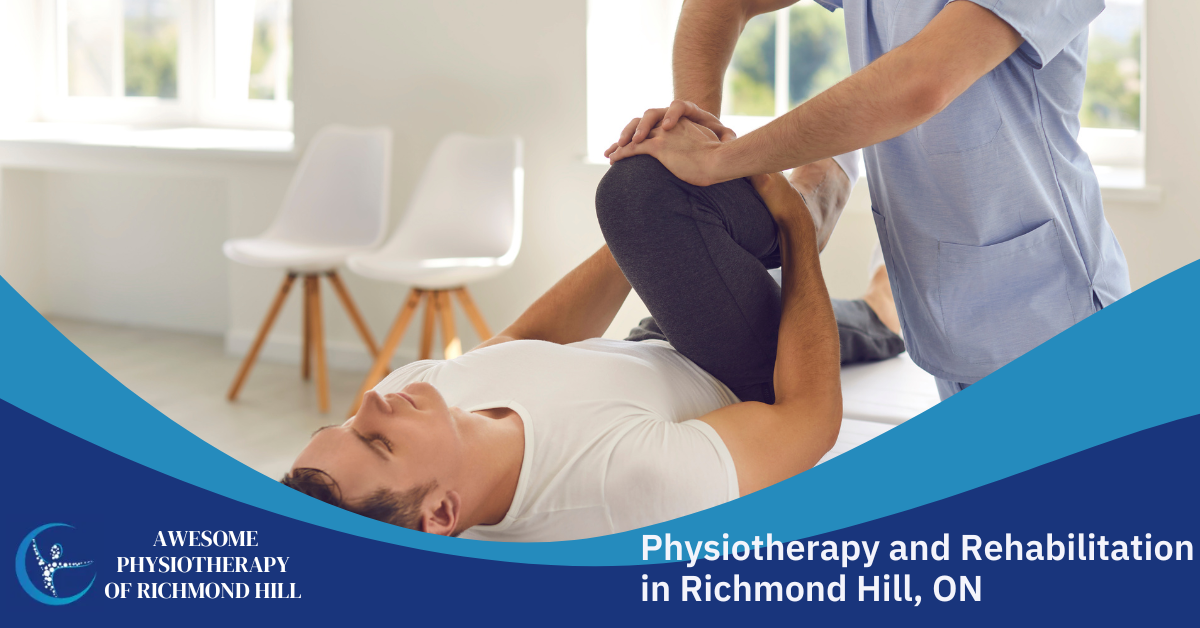

How Physiotherapy Can Help You Recover Faster: A Guide to Physiotherapy Centers In Richmond Hill, ON
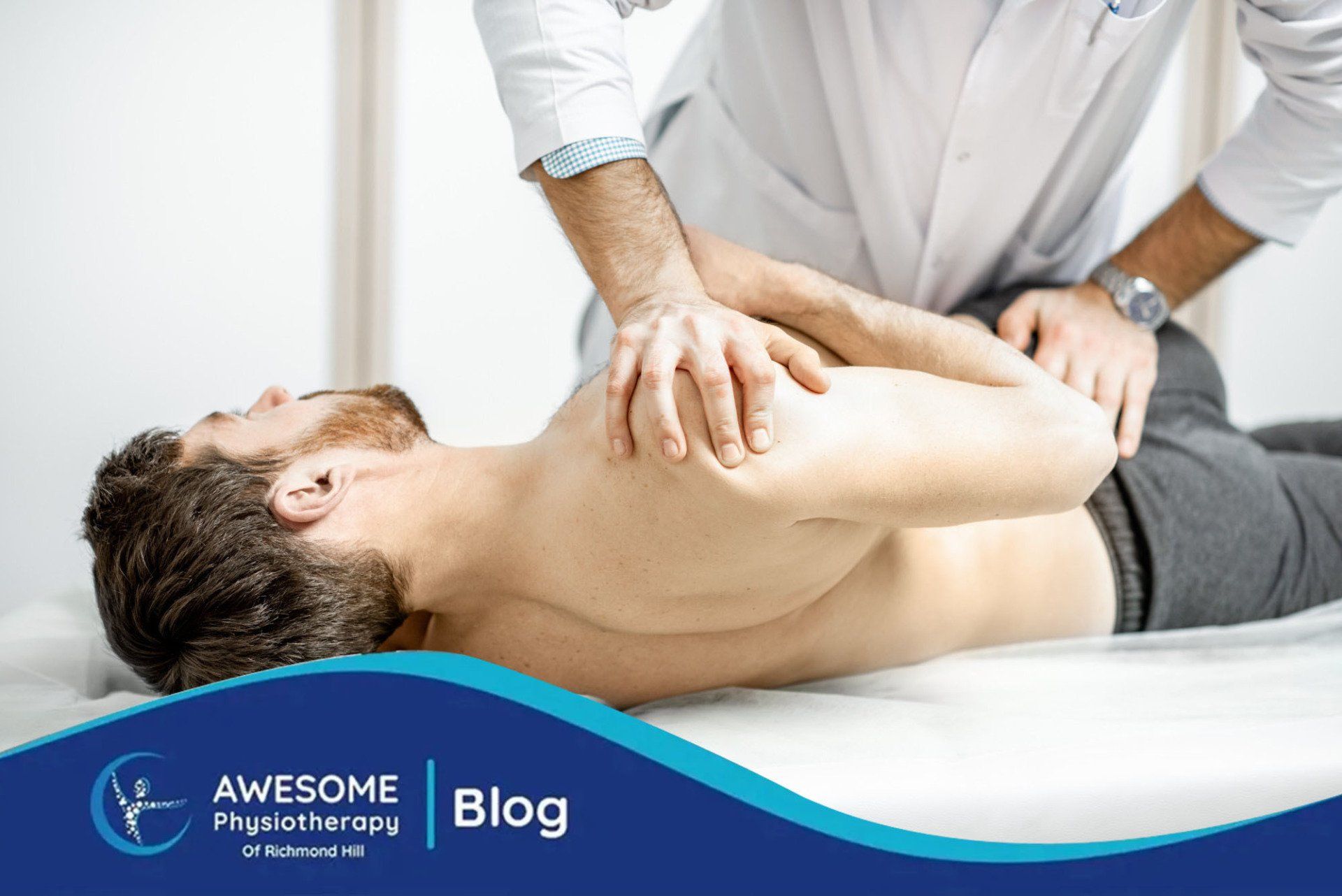
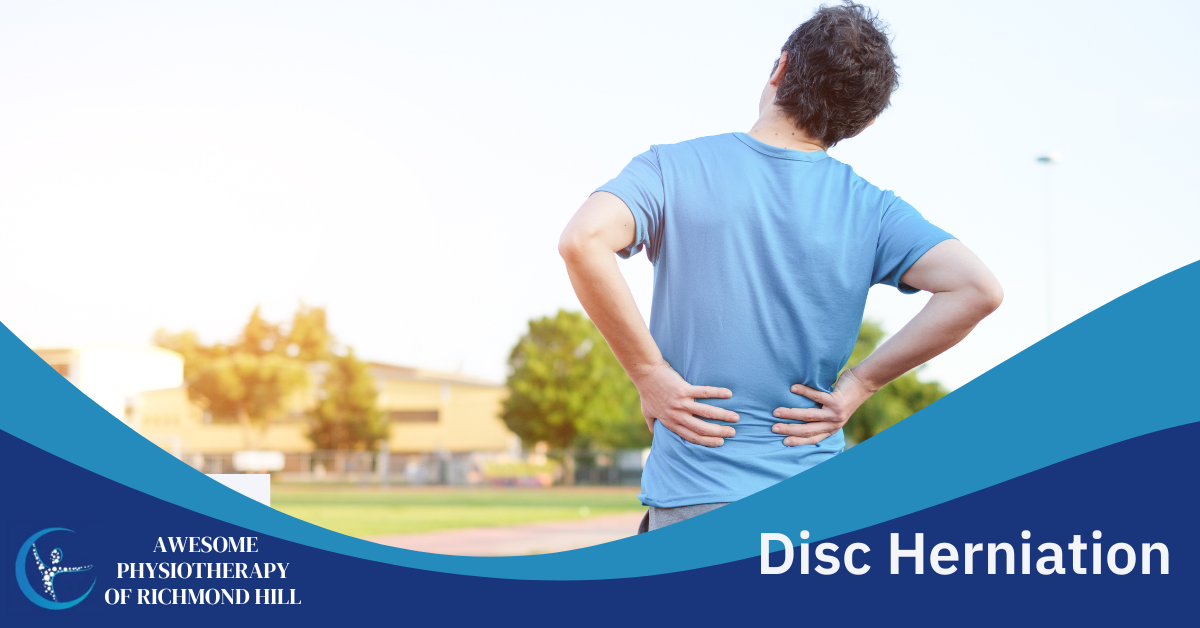

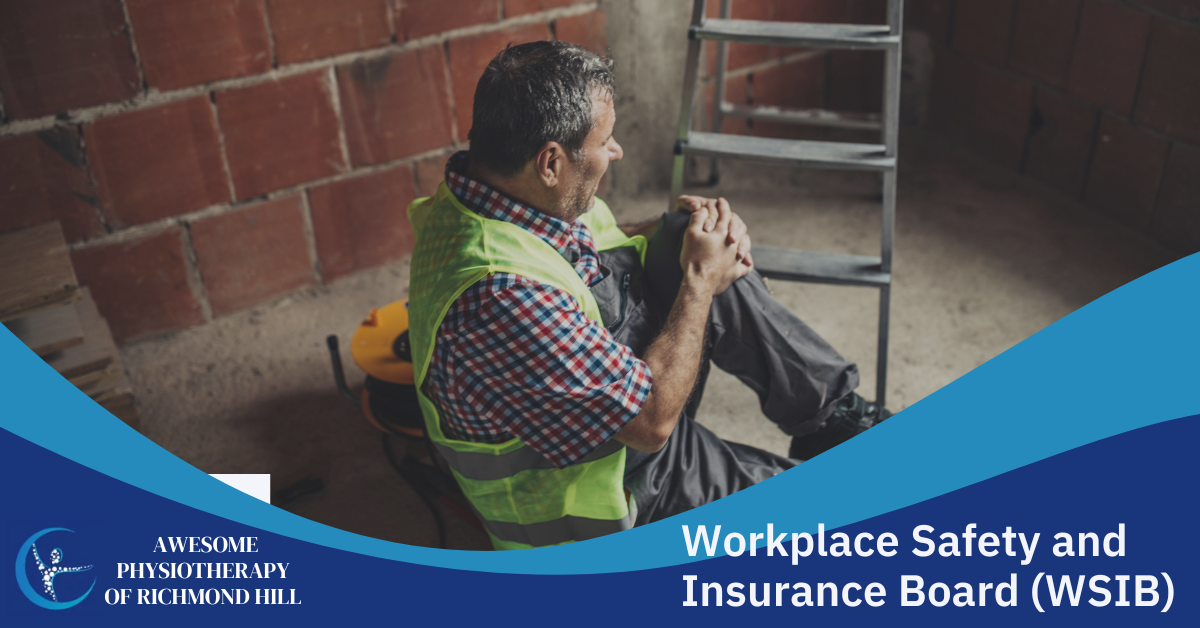

Natural Back Pain Treatment in Richmond Hill
Get drug-free and non-invasive back pain relief in Richmond Hill, Ontario.
Tips, Tricks and Insights for a Healthier Body



How Physiotherapy Can Help You Recover Faster: A Guide to Physiotherapy Centers In Richmond Hill, ON
Our Services
Quick Links
Contact Us
(905) 883-4081
10350 Yonge St Suite 300, Richmond Hill, ON L4C 5K9
Call (905) 883-4081. Email pnphysio@bellnet.ca with any questions you may have regarding this website, or anything associated with it.
All Rights Reserved | Awesome Physiotherapy Of Richmond Hill

